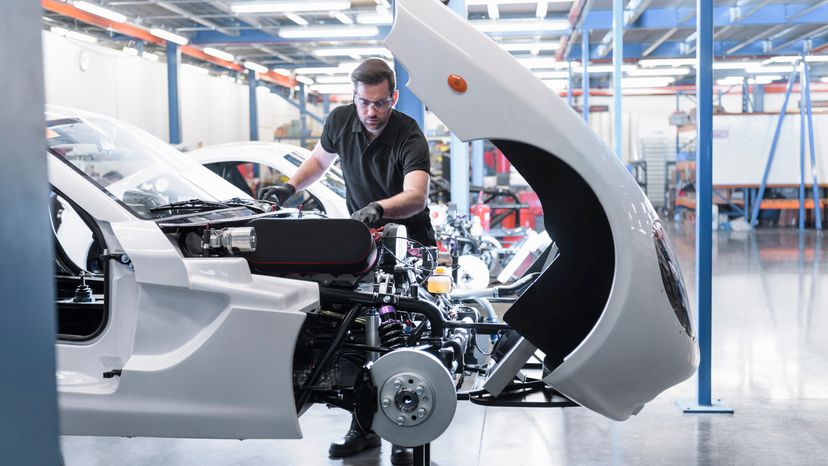
Cars today are technological marvels that contain some truly miraculous innovations. If you were to tell people even 10 years ago that cars would be able to park themselves, direct the driver to where they are going and be equipped with rear view cameras, most people would tell you that you’re crazy. Yet, here we are in 2016 on the cusp of seeing completely automated, driverless cars on North American streets. This is truly impressive. Yet for all the automotive innovations over the years that have advanced cars and made them safer, there have been a staggering number of bizarre vehicle innovations that have failed miserably. Here’s a list of the 10 strangest car innovation failures.
Advertisement